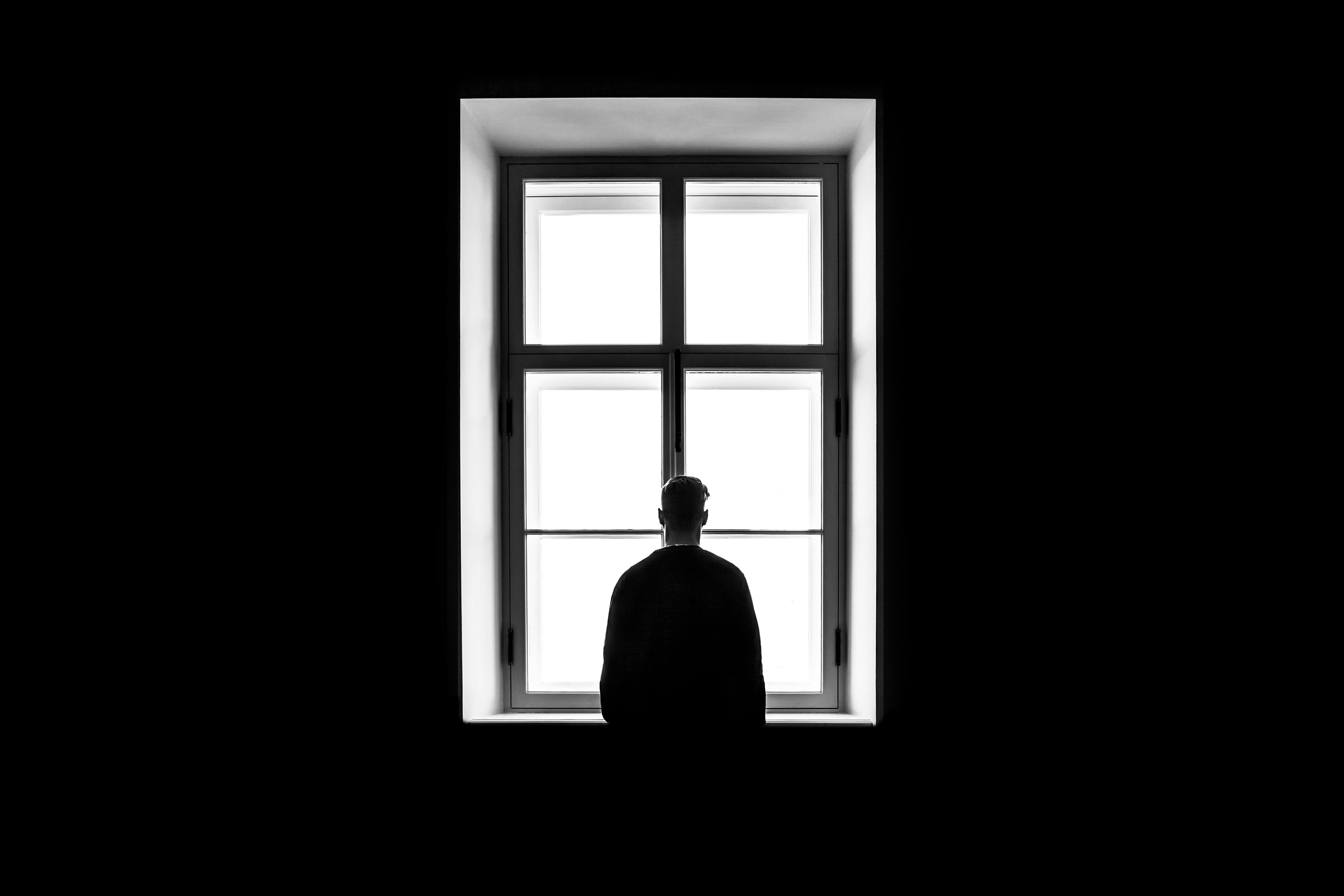
Addressing social isolation and loneliness and the power of human connection
By UCKN Editorial Staff in Emotions
February 22, 2024
According to Badcock et al. (2022, p.2), social connection spans a variety of relationships from strong ties to family and friends to weaker ties to acquaintances and strangers. We speak of those relationships that you can rely upon for support and trust, where such relationships are of high quality and satisfying. Positive “social connections [are] vital to our health and wellbeing, while lacking or poor quality social connections [lead to the opposite result]” (p. 2).
Badcock et al. (2022, p. 3) have found that the lack of social connection “may result from objective isolation (social isolation), subjective isolation (loneliness), or poor quality interactions (social negativity).” So while these experiences may occur normally through out our lives, when they occur persistently is when they can be negatively impactful on our health and well-being.
Persistent is a key word here. Some degree of social isolation, such as when moving to a new community or switching jobs, is to be expected. As one grows into their new experience, social isolation subsides. Joining community organizations, such as joining one’s local churchs or clubs, exposes one to recurring social interaction, limiting isolation naturally.
On the other hand, if one fails to gain in-roads to their local community at some point, then the feeling of social isolation creeps into one’s life and gets a foot hold into one’s daily life and expectations.
Social isolation in and of itself may not be bad. It is the persistent of occurance (and hopefully not the basis for one’s expectation) when social isolation becomes a problem.
Badcock et al. (2022, p.3) see loneliness as a precursor to harmful impacts. They see loneliness as a “subjective unpleasant or distressing feeling of a [persistent] lack of connection to others.” Moreover, they see the delta in the have-nots as detrimental. When a person desires more from a relationship than what is available, whether they are seeking higher quality or strength in a relationship, there can be problems.
Again, persistant occurence applies here, but now it is the persistant gap in expectations that leads to problems.
Finally, poor quality relationships are detrimental to health no matter their source. Bad relations with one’s spouse, parents, or siblings cannot lead to a healthy outcomes.
Interestingly, Badcock et al. (2022) see these three sources, social isolation, loneliness, and social negativity as separate entities that may occur individually or in some combination. However, the presence of one does not necessarily mean the presence of another.
My biggest take-away here is persistance. The problem does not lie with the occurance, but with the persistance of occurence, which may bleed into expectations.
Tiger Woods resets himself after each hole. At his level of golf, Tiger Woods does not carry over a failed shot from one hole to the next. Furthermore, Tiger Woods has not expectations of fair weather. He plays similarly in inclimate weather as he does in fair.
Tiger Woods avoids persistance simply by ignoring its possibility.
References
Badcock, J. C., Holt-Lunstad, J., Bombaci, P., Garcia, E., & Lim, M. H. (2022). Position statement: Addressing social isolation and loneliness and the power of human connection. Global Initiative on Loneliness and Connection. https://www.gilc.global/_files/ugd/410bdf_62e236db3a7146cd9f2654877a87dbc6.pdf
